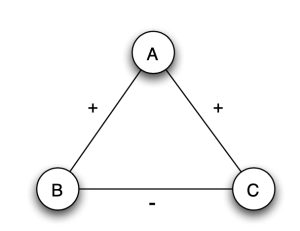How high power distance environments may influence the workplace.
This articles dives into the different dimensions of our cultural identities. While it discusses different pillars, the main one I want to focus on is this idea of power distance. Power distance is essentially the expectation by people in power that power be distributed unequally, and that people within the social groups below them should accept this.
A very prominent example of a high power distance, which I will focus on throughout this post, is within business contexts. A boss, for example, may expect that their employees do not engage with small talk with them, and carry themselves with the upmost respect. Despite feeling this way towards subbordinates, they may act differently around associates. While this sort of behaviour is not necessarily as black and white as described, it does highlight a general sentiment in many professional settings. I believe many rationalize high power distances because it keeps the “personal” out of the workplace and keeps everyone focused on work, however I believe that they perpetuate structurally unbalanced workplaces.
There are two main examples where the power distance leads to structurally unbalanced workplaces. The first instance would be when three employees, in 3 different roles with different levels of power, have a negative relationship with each other due to their awareness of enforced power distances. A cannot be friends with B because B is his employee and C cannot be friends with B or C due to the same reason. As mentioned in class, this sort of relationship highlights dissonance within personal relationships, and is unlikely that it would lead to collaboration.
Figure 1: negative, negative, negative network
(page 121 from textbook)
The second instance of instability caused by power distances would be the type of instability that comes from the “teachers pet” situation. In a workplace with high power distance, there are still possibilities for positive relationships to be formed within different levels of power. If an employee is able to form a positive relationship with the employer, and another employee is also able to form such a relationship, there could be negative competition between the two employees to gain the attention of the person in power. Despite this, these employees, who are in similar roles, should actually be collaborating. This is a different example of how high power distances can lead to misaligned incentives and values within the workplace.
Figure 2: positive, positive, negative network
(page 121 from textbook)
In changing from a high power structure to a low power structure, one that encourages collaboration on all levels, I could imagine a work environment where less resentment leads to more productivity and innovation. In instances such as co-op’s where this power distance is enforced, I think further studies of relationships caused by these dynamics could help guide future business practices.
Citation: https://www.asha.org/practice-portal/professional-issues/cultural-responsiveness/examples-of-cultural-dimensions/


